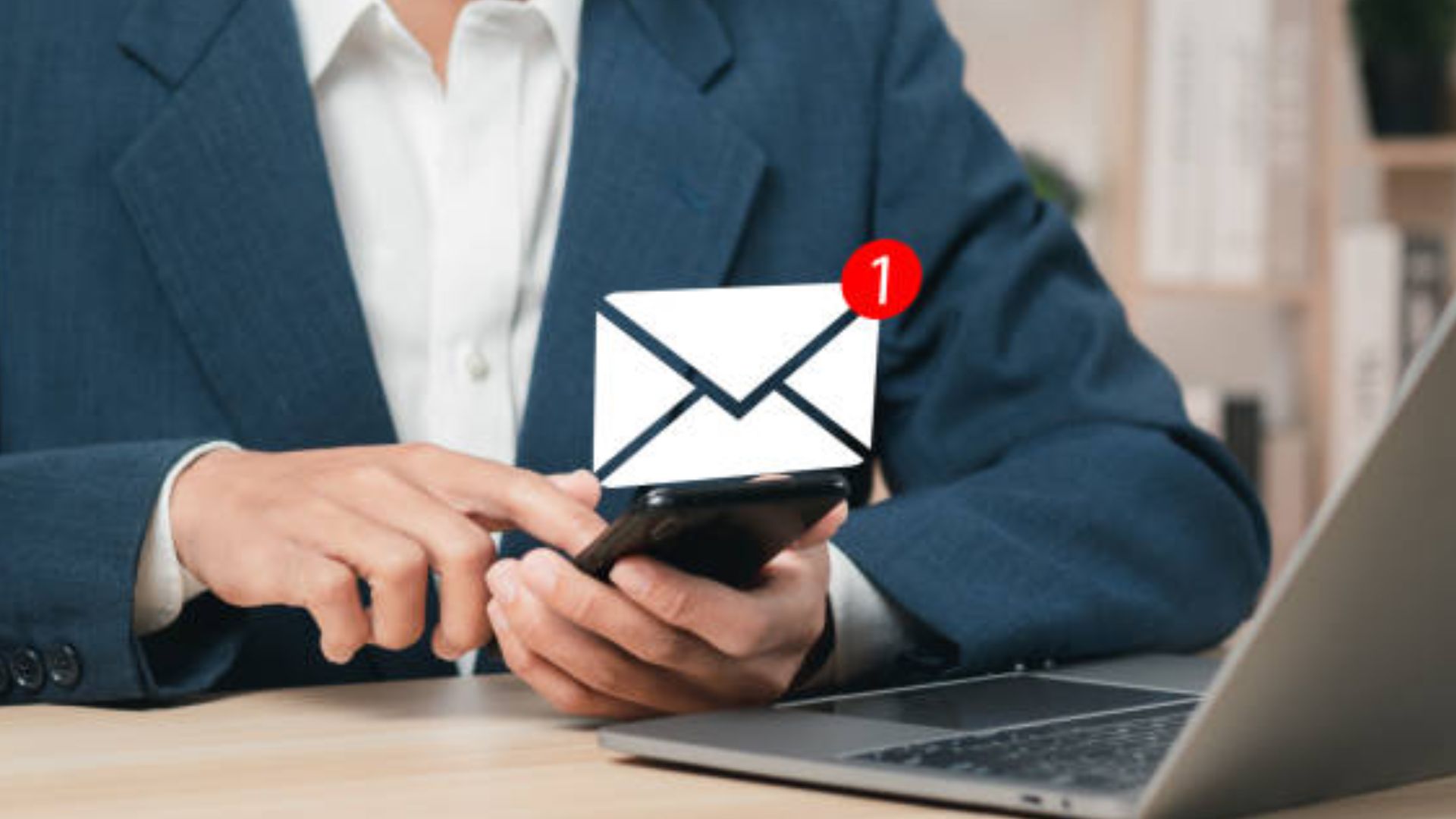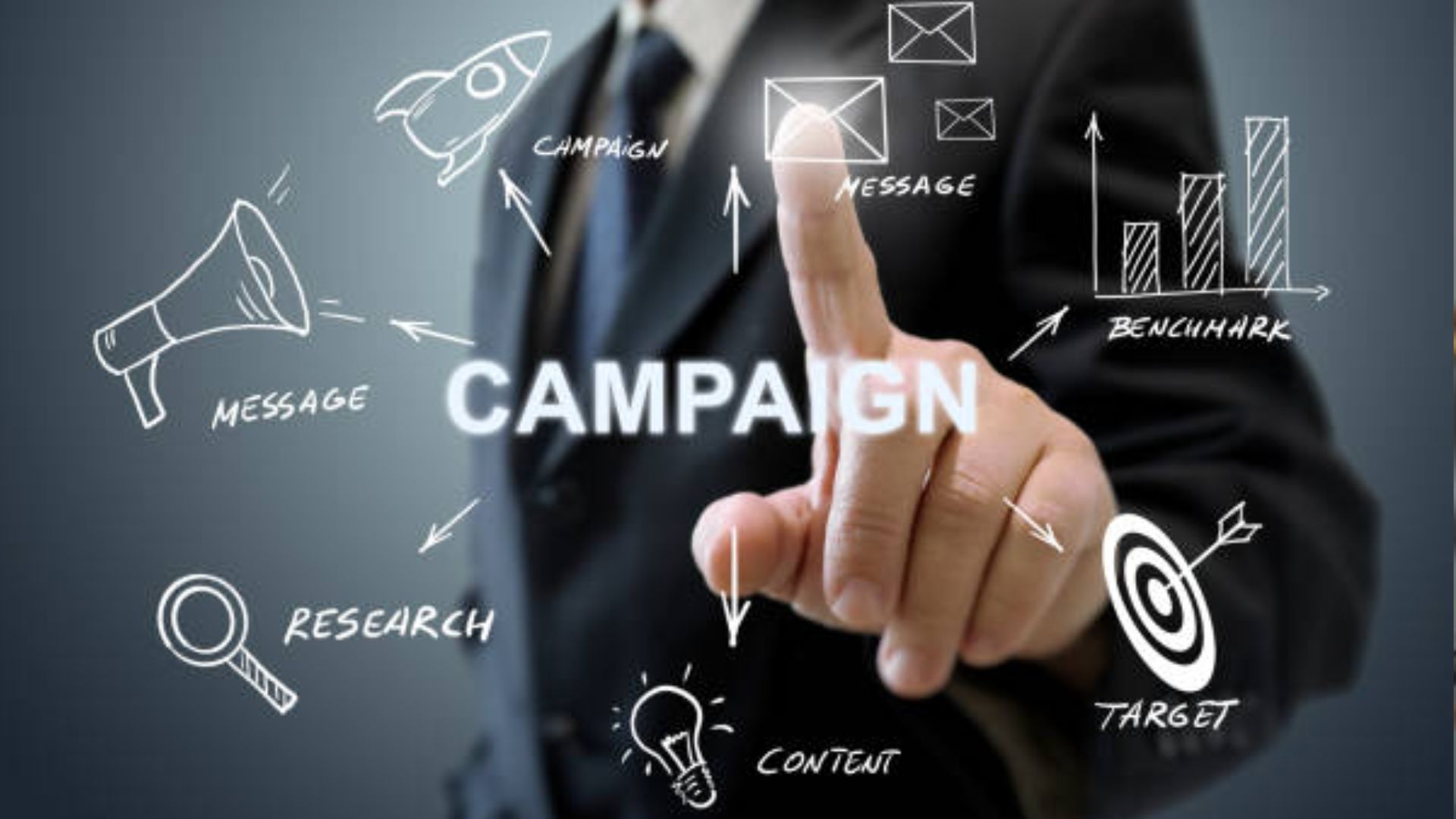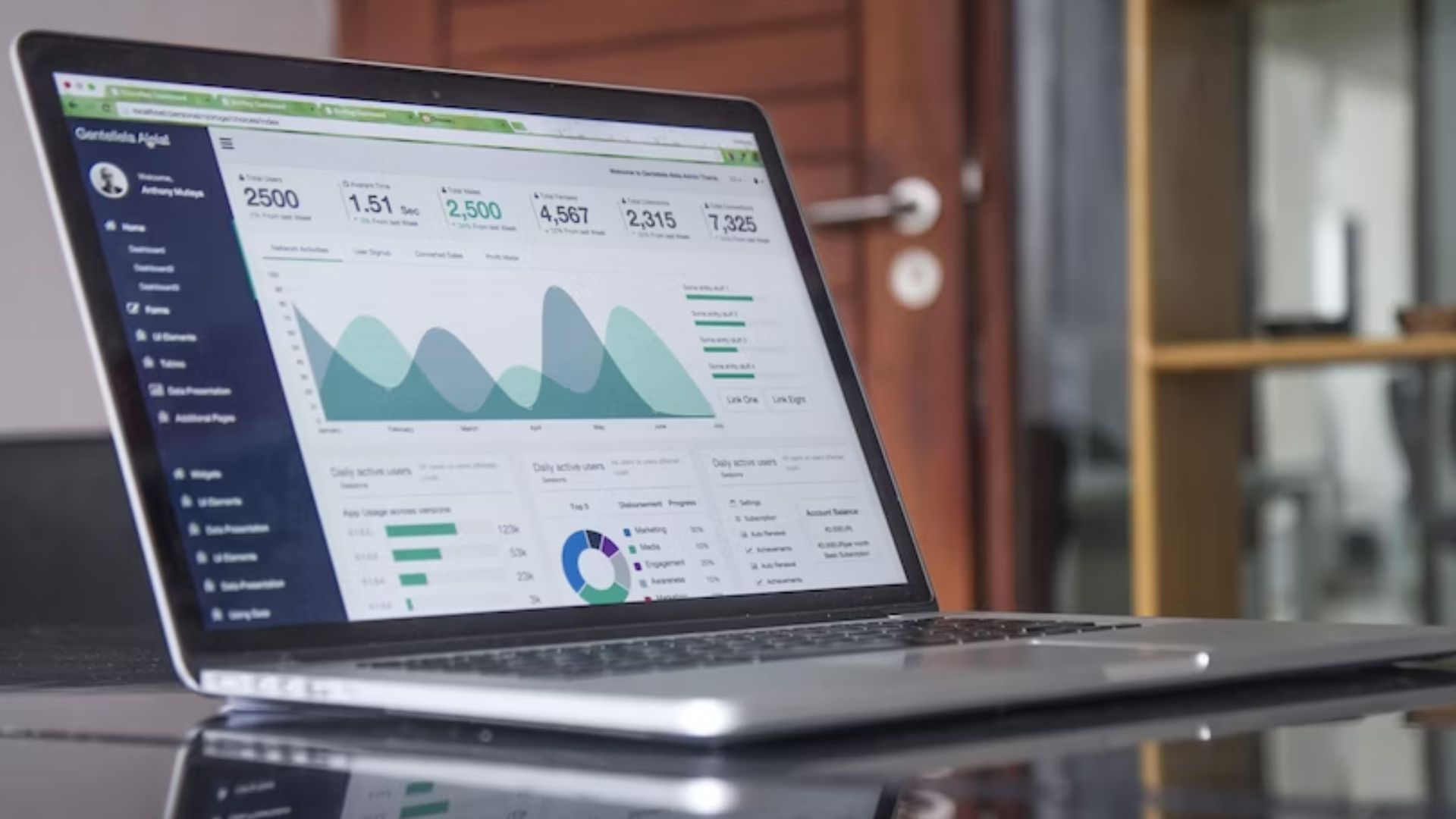In today’s digital age, business-to-consumer or B2C email marketing is crucial for businesses to connect with customers. In this article, we’ll explore what it is, why it’s essential, and how to use it effectively.
We will also cover how to create engaging emails when to send them, and more tips to make your emails stand out.
Whether new to B2C email marketing or looking to improve, this guide will help you understand its benefits and how to make the most of it for your business.
Let’s get started!
What Is B2C (Business to Consumer) Email Marketing?
B2C email marketing involves crafting targeted and personalized emails to directly engage individual consumers, encouraging connections and promoting products or services. Businesses can leverage email marketing platforms or software to reach their target audience at various buying cycle stages.
Moreover, these email campaigns enable direct communication, allowing brands to tailor content that resonates with consumers’ preferences. Brands can track engagement metrics, refine strategies, and build customer relationships using an email service provider or marketing tool.
Simply put, B2C email marketing empowers businesses in their business-to-consumer marketing endeavors. It’s also an efficient way to engage customers directly, promote brand loyalty and drive conversions through well-crafted email marketing campaigns.
B2C vs B2B: The Difference
In email marketing, B2C and B2B stand apart. B2C aims to connect with individual customers directly, while B2B focuses on business clients.
Additionally, B2C targets consumers to encourage sales, increase brand awareness, and build customer loyalty.
Email marketing strategies also differ between the two. B2C email campaigns often use a compelling subject line and targeted messages to entice customers. Welcome emails are standard, which aim to drive website traffic and increase engagement.
Meanwhile, business-to-business (B2B) nurtures relationships, often involving longer buying cycles and strategies tailored to specific business needs.
Read also: The Ultimate Guide to Effective B2B Email Marketing
Benefits of B2C Email Marketing Campaigns
B2C email marketing offers powerful benefits in modern business strategies. It’s a direct and personalized way to engage customers, build relationships, and boost sales. Businesses can effectively connect with their target audience through well-crafted email marketing campaigns. [1]
In addition, mobile devices have made B2C email marketing even more impactful. With more people using smartphones and tablets, they can access emails anytime, anywhere. As a result, this opens up new avenues for reaching customers.
A well-planned email marketing strategy can encourage customers to act, whether purchasing or visiting a website. Systems like welcome emails create a positive first impression and promote engagement.
Incorporating B2C email marketing into your business strategy can increase customer loyalty and brand awareness. Businesses can also achieve their marketing goals and create meaningful connections by sending personalized messages to the right audience.
10 Most Effective Types of Emails Used for B2C Marketing

1. Welcome Emails
Introduction emails, or welcome emails, mark the beginning of a customer’s journey with your brand. They also play a pivotal role in establishing a positive impression and fostering engagement.
A welcome email is sent to a new subscriber or customer, welcoming them to your community and showcasing your brand’s value. [2]
This email also aims to introduce your brand’s offerings, provide a warm greeting, and offer incentives for engagement. Crafting compelling subject lines and clear content makes these emails effective.
2. Lead Nurturing Emails
Lead nurturing emails are crucial in guiding potential customers through their journey. These emails also engage recipients, promote trust, and drive sales.
In addition, incorporating these emails into your email marketing strategy involves sending carefully timed messages based on customer behavior. You can also automate these emails using email marketing software or platform to deliver the right content at the right time.
Moreover, lead nurturing emails also target existing customers to retain their loyalty. By understanding customer journeys and their interactions across marketing channels, businesses can create personalized experiences.
These emails lead recipients to landing pages, offer tailored suggestions based on past purchases, or guide them through the sales cycle.
3. Special Offer Emails

Special offers or promotional emails deliver exclusive deals, discounts, or promotions directly to customers’ inboxes, enticing them to take action.
The purpose of special offer emails is to create a sense of urgency and excitement. These emails also often highlight limited-time offers or unique deals that recipients can’t resist. Effective subject lines and clear call-to-action buttons are crucial in driving engagement.
4. Reminder Emails
These emails gently remind customers about important dates, events, or actions they must take.
Reminder emails aim to ensure that recipients take advantage of valuable opportunities. Whether it’s a pending purchase, an upcoming event, or an abandoned cart, these emails guide recipients back to action.
Including strategically timed reminders can help businesses enhance customer engagement and increase the likelihood of conversions.
5. Thank-You Emails
These emails are a thoughtful way for businesses to express customer appreciation after purchase or engagement.
Thank-you emails serve the purpose of acknowledging customers and making them feel valued. They often include a sincere thank-you message, order details, and sometimes a special offer for future purchases.
By sending thank-you emails, businesses express gratitude and encourage repeat purchases and lasting relationships.
6. Abandoned Cart Emails
Abandoned cart emails re-engage customers who have added items to their online shopping carts but still need to complete the purchase.
These emails gently remind customers about their pending purchases and provide an incentive to finalize them. These also often include a list of the items left in the cart and a compelling call to action to complete the purchase. [3]
7. Product Recommendation Emails
Product recommendation emails give customers tailored suggestions based on their previous purchases, browsing history, or preferences.
These emails offer customers additional options that align with their interests. It also often showcases products related to the customer’s previous interest. Businesses can provide personalized shopping experiences by leveraging data and algorithms.
Product recommendation emails contribute to successful email marketing campaigns by suggesting items that customers will likely be interested in. This approach offers value to customers and businesses.
8. Seasonal or Holiday Campaigns
Seasonal campaigns align with festive occasions, such as holidays or special events, to engage customers with timely and relevant content.
These campaigns tap into the festive spirit and offer customers exclusive deals, promotions, or themed content. These emails also often feature creative designs and captivating subject lines to capture recipients’ attention.
Businesses can plan and schedule seasonal or holiday campaigns in advance. Timing is crucial, as these emails must reach customers before the occasion.
9. Social Proof or Testimonial Emails
Testimonial emails feature positive feedback, reviews, or testimonials from satisfied customers, showcasing a product’s or service’s credibility and value. These emails build trust and influence purchasing decisions. These also often highlight real stories and experiences of customers who have benefited from the brand’s offerings.
Additionally, they provide authenticity and reassurance to potential customers, guiding them toward making informed choices.
Businesses can improve their brand reputation and boost customer confidence by letting the voices of satisfied customers speak.
10. Re-engagement or Win-Back Emails
These emails reconnect with inactive or disengaged customers, encouraging them to rekindle their relationship with the brand.
Re-engagement or win-back emails revive customer interest and encourage them to act again. These emails often include personalized messages, special offers, or incentives to entice customers. [4]
Re-engagement emails allow businesses to revive customer loyalty, reignite brand engagement, and recover valuable relationships. Therefore, timeliness is critical to reconnecting before the customer completely disengages.
15 B2C Email Marketing Best Practices

1. Create an Email Marketing Strategy
Begin with a clear email marketing strategy to guide your campaigns. Developing a comprehensive plan involves considering your customer journey.
For instance, define objectives, target audience, and content themes. Utilize an email marketing tool to streamline email marketing campaign execution and management.
In addition, work closely with marketing teams to ensure your email strategy aligns with overall goals. Coordinate campaigns to complement your sales funnel, incorporating promotional and value-driven content.
2. Choose a Good Email Service Provider
An email service provider offers essential tools to manage campaigns efficiently. It also organizes your subscriber list, designs visually appealing emails, and tracks performance.
Opt for email service providers with user-friendly interfaces, automation capabilities, and responsive customer support. Select an email marketing platform that also aligns with your needs and budget. It should offer audience segmentation, A/B testing, and reporting analytics features.
Doing so empowers you to optimize your email strategy for better results and enhances the overall impact of your email marketing campaigns.
3. Use Responsive Templates
Responsive templates enhance user experience and engagement. Recipients can easily read and interact with your emails regardless of their device. As a result, this contributes to higher open rates and click-through rates.
Moreover, these templates automatically adjust to various devices, ensuring your emails look and function well on smartphones, tablets, and desktops.
When designing emails, choose templates that are mobile-friendly and easy to navigate. Use simple layouts, clear fonts, and appropriately sized images. Lastly, test your emails on different devices before sending them out to ensure they appear as intended.
4. Set Up Automated Audience Segmentation
Automated audience segmentation involves categorizing your subscribers based on specific criteria such as demographics, behaviors, or purchase history.
Segmentation allows you to send targeted and relevant content to different groups. By tailoring your messages to recipients’ interests, you increase the chances of engagement and conversion.
For example, sending a discount offer to customers who have previously made purchases can yield better results.
Furthermore, email marketing platforms or tools offer features to automate this process. They also create segments and ensure the right messages reach the right people. This personalized approach enhances customer satisfaction and drives higher performance in your email campaigns.
5. Create a Separate Landing Page for Different Campaigns
A landing page is a standalone web page designed to receive visitors after clicking a link in your email. By aligning the content of your landing page with the email campaign’s message, you provide a consistent experience for recipients.
This continuity increases the likelihood of conversion, whether purchasing, signing up for an event, or filling out a form.
Design your landing page with a clear call-to-action (CTA) that matches the campaign’s goal. Use compelling visuals and concise content to guide visitors toward taking the desired action.
6. Focus On Different Types of Customers
When it comes to email marketing, recognizing the diversity of your customer base is essential. This is because customers have different preferences, behaviors, and needs.
Tailoring your approach to cater to these differences can significantly impact the success of your campaigns.
Segment your audience into distinct groups based on demographics, interests, or purchase history. This segmentation allows you to create customized content that resonates with each group.
For instance, sending product recommendations to previous buyers and informational content to new subscribers can yield better engagement.
7. Send Out Personalized Emails
Personalization involves tailoring your emails to your recipients’ preferences, behaviors, and characteristics. When you personalize your emails, you show your audience that you understand and value their needs.
This approach can include addressing them by name, recommending products based on past purchases, or sending them content that aligns with their interests.
Additionally, personalized campaigns are more likely to grab recipients’ attention and drive engagement. They make your audience feel seen and appreciated, fostering a stronger connection with your brand.
Read also: Personalized Cold Emails – A List of Best Practices in 2023
8. Provide Valuable and Relevant Content
Relevant and engaging content captures your recipient’s attention and fosters a positive relationship with your brand.
Ensure your emails offer valuable insights, tips, or solutions to your recipients’ problems. Use clear and concise language, accompanied by visuals if necessary. Avoid overwhelming them with excessive information.
You position yourself as a valuable resource by providing content that resonates with your audience. This not only boosts engagement but also establishes trust and credibility.
Remember, the goal is to add value to your recipients’ lives through your emails, making them eager to open and interact with your messages.
9. Create a Sense of Urgency
By conveying limited-time offers or time-sensitive deals, you encourage recipients to take quick action.
Craft subject lines and content that communicate the urgency of your message. Use phrases like “limited time,” “act now,” or “ending soon” to prompt recipients to open your email promptly.
Creating a sense of urgency can also lead to higher click-through rates and conversions. However, ensure the urgency is genuine–false urgency can harm credibility.
10. Track Results and Make Improvements

Monitor metrics like open rates, click-through rates, and conversion rates to gauge the effectiveness of your efforts.
Identify trends and patterns in the data to understand what resonates with your audience, then adjust your strategies based on these insights. For instance, if you notice higher engagement with certain types of content, prioritize creating more of that content.
In addition, regularly reviewing and refining your email campaigns ensures you deliver value to your recipients. It helps you adapt to changing preferences and behaviors.
11. Design an Attention-Grabbing CTA Button
CTAs guide recipients towards taking a desired action, such as purchasing or signing up.
Ensure your CTAs are visually distinct, using contrasting colors and clear text. Use action-oriented language, such as “Shop Now” or “Get Started,” to convey what recipients can expect.
Place CTAs prominently within your email, ideally above the fold. Doing so ensures that they are easily visible without scrolling.
13. Regularly Clean Your Email List
Regular list cleaning enhances deliverability and engagement rates.
So, remove inactive or unsubscribed subscribers to maintain a healthy and engaged audience. It prevents your emails from being flagged as spam by internet service providers and allows you to focus on subscribers genuinely interested in your content.
14. Make It Easy for Subscribers to Opt-Out
Include a clear and visible unsubscribe link to respect recipients’ preferences in every email.
Allowing unsubscribes maintains a positive sender reputation and compliance with email regulations. It also ensures you focus on engaging with those who genuinely want to receive your content.
Also, make the opt-out process hassle-free for your subscribers. They’re less likely to mark your emails as spam when they find it easy to unsubscribe. It also benefits your deliverability rates and overall sender reputation.
15. A/B Test Your Campaigns
A/B testing, also known as split testing, involves comparing two versions of an email to identify what resonates better with your audience. Test some elements such as subject lines, visuals, or call-to-action buttons. Send both versions to a smaller segment of your audience and analyze the performance metrics.
Doing so also provides insights into your audience’s preferences and helps you make informed decisions. Use the results to refine your email marketing strategy and improve campaign performance.
Read also: Cold Email Experts Share What’s Working for Them – 16 Tips and Hacks Combined
Wrapping Up

B2C email marketing is a powerful tool for building customer relationships. You can create impactful campaigns by personalizing content, optimizing for mobile, and tracking results.
Crafting engaging content and clear CTAs is essential for success. Remember, keeping your subscriber list clean and offering opt-out options respects recipient choices.
B2C email marketing thrives on value and connection. Embrace data-driven improvements and ethical practices in your email marketing efforts. By following these guidelines, you can exploit the potential of B2C email marketing to engage, nurture, and achieve your business goals.
Need help with email deliverability? Are you tired of your emails landing in spam folders? Ready for a change?
Elevate your email game with InboxAlly – the ultimate solution to boost sender reputation and ensure your messages reach the right inboxes every time. Book a free live demo now.
References:
[1] https://www.mailmunch.com/blog/b2c-email-marketing
[3] https://blog.hubspot.com/marketing/abandoned-cart-email
[4] https://www.sendlane.com/blog/re-engagement-emails